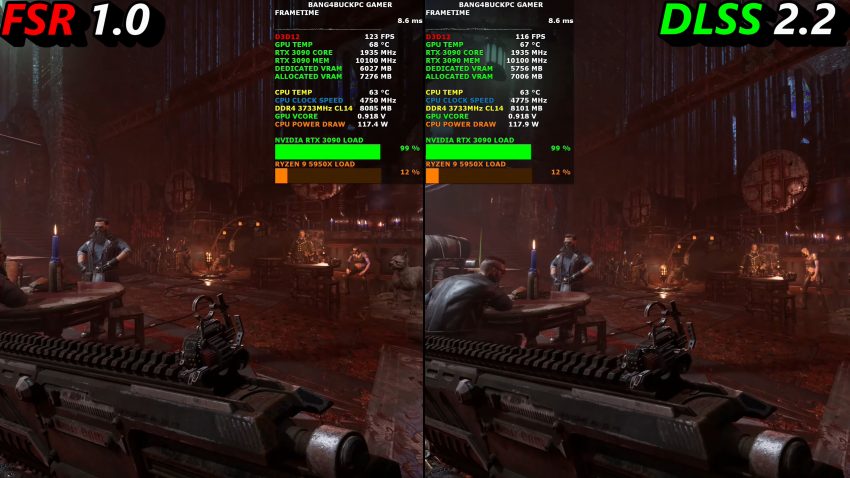To be fair, this is really the only game that I think FSR looks good in. It's new tech, and in classic AMD fashion, they did not showcase FSR in a good way when they revealed it.
If Necromunda will be the standard for FSR implementation, then woo! The other thing, is that DLSS has an Ultra Quality feature also on the way, which should put it back on top. IIRC, DLSS Quality is using a lower resolution image for the upscaling than FSR Ultra Quality. Once Ultra Quality DLSS comes out, I'd expect it to take back the throne. I think the A.I. implementation of DLSS is shown just how good it is, in this case, because it's able to take a lower resolution image and make it look as good or slightly better than the higher resolution image that FSR is starting with.
Either way, I'm glad this isn't turning out to be a **** implementation. I was not impressed whatsoever with FSR in any other examples thus far. This was a great sight to see


 Seriously, I admit my eyes are older and tired, but the portion of the image on the left looks better to me. Detail on the walkway stones...actually ....everything.
Seriously, I admit my eyes are older and tired, but the portion of the image on the left looks better to me. Detail on the walkway stones...actually ....everything.


